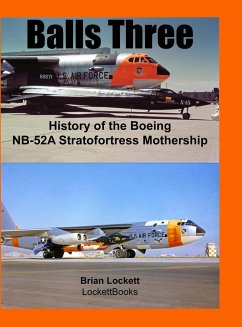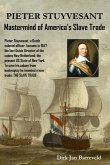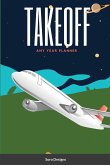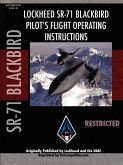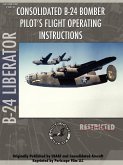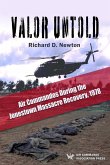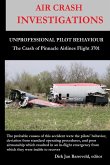The NB-52A 52-0003 and its sister ship, the NB-52B 52-0008 were diverted to the special mission of launching the X-15 hypersonic research airplane in 1958 following their service as early test examples of the B-52 Stratofortress. While the two Stratofortresses were engaged in the task of launching the three X-15 rocket planes, a series of rocket powered lifting bodies were developed that utilized the existing air launch capability. The NB-52A was a flying launch pad, which is a highly complex task. It had to supply the rocket planes that it carried with the propellants, gases, and power normally associated with a launch pad at the Kennedy Space Center, all while flying nine miles above the ground. This ability made the airplane an indispensable asset for aeronautical research. Its right wing was reinforced and equipped with a pylon to carry the heaviest wing-borne payloads ever dropped from an airplane. Some of the payloads that it dropped exceeded 50,000 pounds, nearly 1/5 of its own weight. The X-15 rocket planes launched by this Stratofortress carried pilots to unprecedented speeds and altitudes. They were the first winged vehicles to reach speeds of Mach-4, Mach-5, and Mach-6. They were also the first winged vehicles to exceed 130,000 feet altitude, eventually reaching over 364,000 feet, high above nearly all the Earth's atmosphere. Five pilots qualified for astronaut's wings by exceeding an altitude of fifty miles in the X-15s. Tragically, one of those astronauts was killed on his qualifying flight when the third X-15 broke up as it re-entered the atmosphere. Later in the career of the NB-52A, the X-15s were joined by a trio of heavyweight lifting bodies. The Northrop M2-F2 and HL-10 and the Martin Marietta X-24A were wingless, rocket-powered research vehicles that evaluated potential configurations of future orbital spacecraft, concentrating on the later stages of re-entry and landing. They established the feasibility of gliding to a landing in a spacecraft with a low glide ratio, the method utilized by the Rockwell Space Shuttle.

